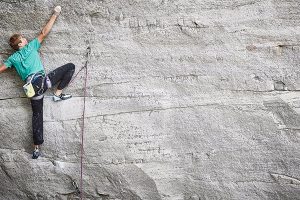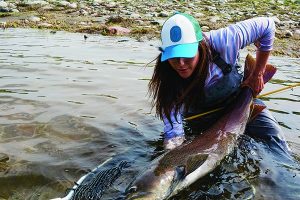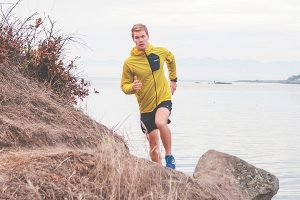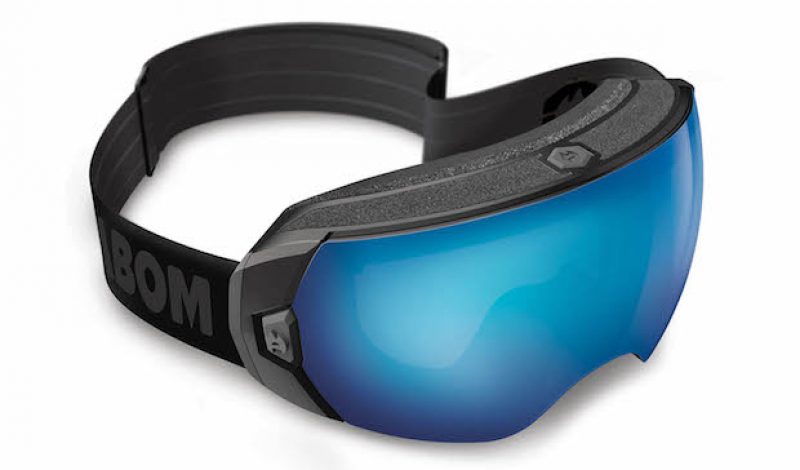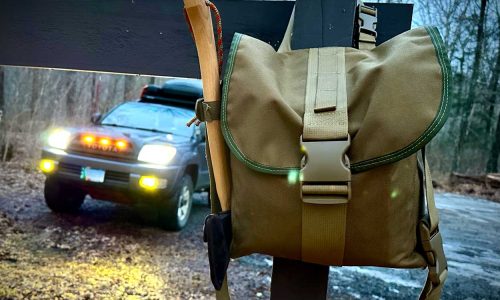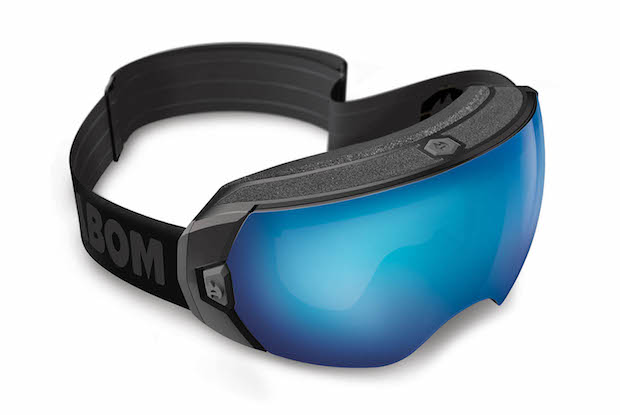
ABOM HEET Goggles
Heated goggles are not exactly new, but ABOM takes a new approach to keeping fog out of the picture. A heat-conductive element sandwiched in between layers of the lens warms the lens to the point where condensation will not form. There is also a sensor that adjusts the heat as needed depending on how cold the lens is, saving power over the course of the day. No fans or other moving parts, just—if the company’s claims prove correct—a fog-free field of view on the coldest, wettest days. Purely as a technological step forward, we’re totally on board.
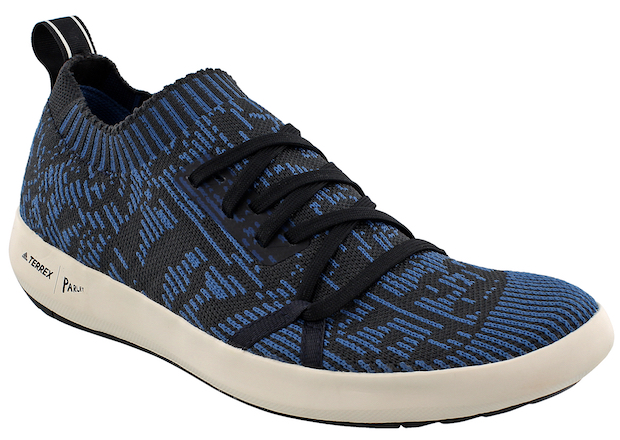
Adidas Outdoor Terrex Parley Climacool Boat Shoe
Thankfully, someone has figured out a way to repurpose some of the 8 million tons of plastic being dumped into the seas each year. In partnership with Parley for the Oceans, an environmental organization, Adidas has begun using repurposed ocean plastic in a number of its shoes, including the new Parley Climacool Boat Shoe. It’s built from some of the 740 tons of plastic waste Parley recently collected in the Maldives. This isn’t the first Adidas shoe that will use the Parley ocean plastic (that honor goes to the limited edition UltraBoost Uncaged Parley launched in November) but we’re honoring the opening of a new recycled plastics supply chain for the outdoor industry, one we hope other companies get on board with.
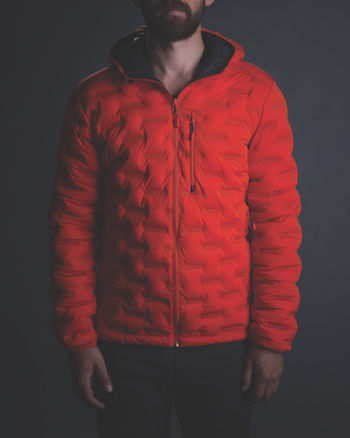
Mountain Hardwear StretchDown DS Hooded Jacket
We’ll admit it. This one is partly about the looks. We’re glad to see a down sweater-weight midlayer that has the courage to buck the classic baffle style for something a little more interesting. The Mountain Hardwear StretchDown DS upgrades the company’s popular stretchy StrechDown jacket with more stretch and a cool new approach to locking in all that 800-fill, responsibly-sourced hydrophobic down. Great design is the blending of form and function, and we think this jacket is a standout in both.
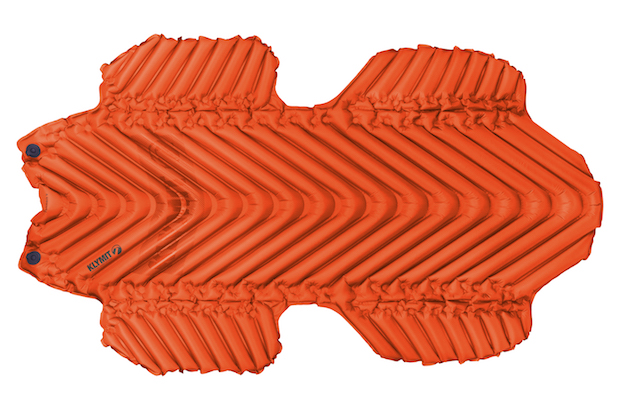
Klymit Insulated Hammock V
For sleeping insulation, hammock campers typically rely on bulky underquilts or a standard sleeping pad, which are designed for flat campsites so they buckle and shift annoyingly in a curved hammock. For you tree dwellers, Klymit is launching what it’s calling the first inflatable pad for hammock campers, an insulated pad designed for the curve of a hammock with wings on either side to help keep it in place.
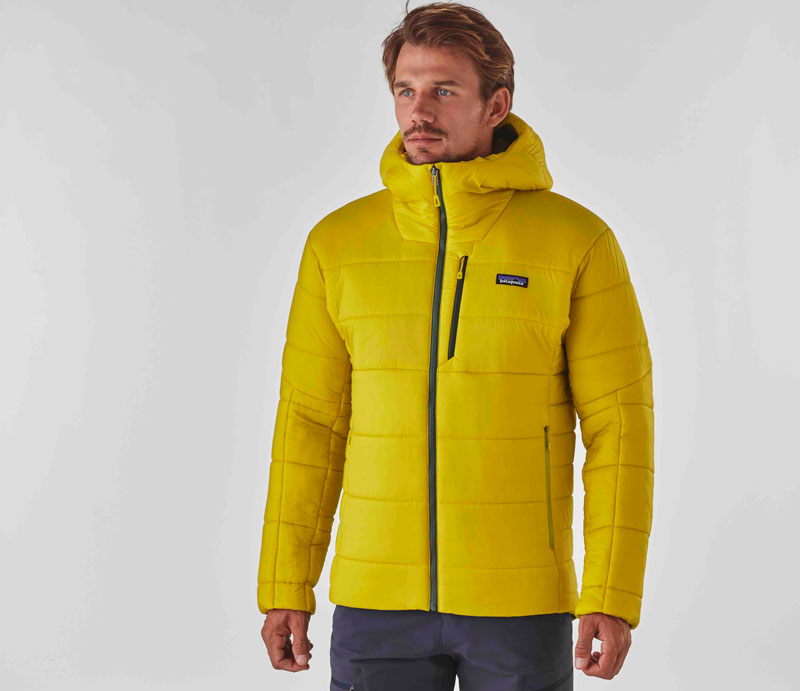
Patagonia Hyper Puff Hoody
One of the annoying things about synthetic puffers is they don’t really “puff”. The insulation is usually laid in flat sheets that tend to stay flat, rather than expanding to trap hot air in as large a space as possible. That’s why we’re psyched about Patagonia’s HyperPuff Hoody—the 100-grams of synthetic insulation is built with what the company calls an “accordion-like construction” that compresses small but pops back into a thick loft when released. There is also a 200-gram Parka on the way as well.
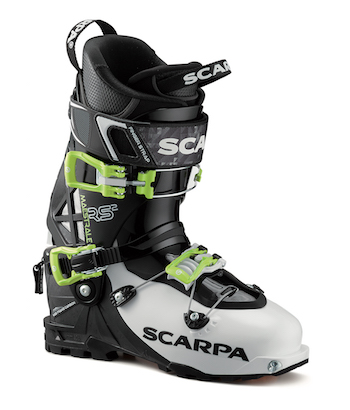
Scarpa Maestrale RS/Gea RS
There’s always one hot touring boot that people are talking about at the Outdoor Retailer show. This year, it’s the new Scarpa Maestrale RS (the women’s version is the Gea RS). While the Maestrale has been a Scarpa mainstay for years—and the best-selling touring boot on the market, according to the company—the new version drops a full five ounces per boot (to 3 pounds, 2 ounces). It also managed to boost the flex range from 37 degrees to a Gumby-like 60-degrees, and there’s also a little bit more stiffness in ride mode. That’s a pretty impressive improvement for a boot that’s already been camped on top of the market.

Superfeet 3D Printed Insoles and Digital Fit
3D printing technology is on the way to changing everything—including how you get fit for shoes. Superfeet is rolling out a shoe fitting system at participating retailers that will take scans of customers’ feet and then recommend shoes that will fit them best. The customer will also be able to order 3D-printed, custom outsoles and, at some point, custom-printed recovery shoes. We’re giving this award now for what it represents in the progression of personalized shoe fitting technology. Someday, we’ll be abler to print the perfect fitting shoe, every time.
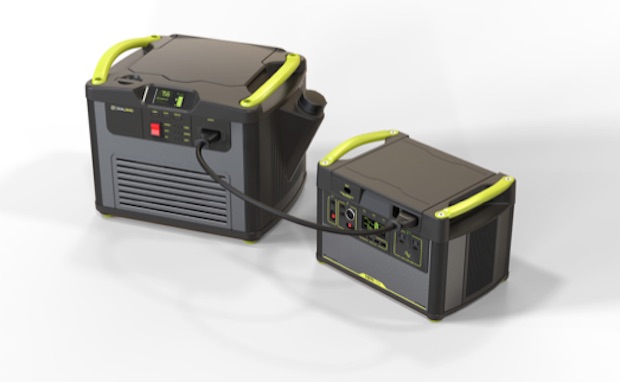
Goal Zero Yeti Fuel
Let’s be clear. We’re all about solar power. But we also recognize that there are times when power users won’t be able to recharge their devices using renewable energy alone. For them, there is now a compromise. The Goal Zero Yeti Fuel is a hyper-efficient gas-powered battery charger for use in environments or under high-power demands where solar recharging simply isn’t an option. Unlike other gas generators, however, the Yeti Fuel has the ability to sense when the battery it is charging is full, and automatically shuts itself off, reducing noise and fumes, while also saving fuel. And when the generator detects that the battery is running low on juice, it can automatically fire itself up again to provide a charge. Goal Zero designed the Yeti Fuel to work with its new line of lithium battery packs, which limits its utility somewhat. But we salute the way this generator simply does gas better.

DPS Skis Alchemist
Carbon fiber skis have held enormous potential—they have exceptional torsional stiffness at very low weight. The downside has always been a chattery ride. Manufacturers have been chasing a damper carbon ski for years, and from our early test rides, it looks like DPS has finally nailed it. The brand’s new Alchemist line uses a new manufacturing process for layering in dampening materials that significantly reduces the vibrations (and audible noise) transmitted through the ski. We found the new ski light enough to tour on, but still fast and powerful enough to tackle all aggressive all-mountain lines, and with an even balance of stiffness throughout the ski, not just immediately underfoot as with a lot of carbon skis. We’re predicting this is going to be a standout ski at our spring ski test in Utah.

